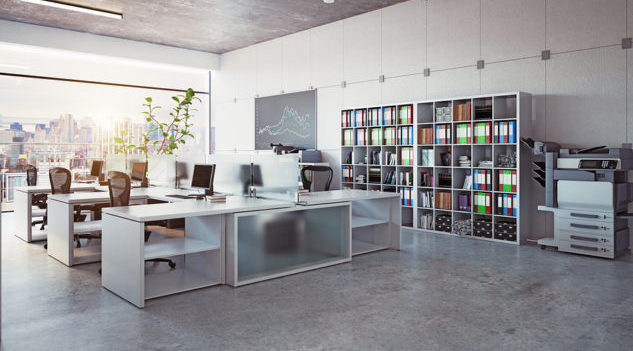Emerging COVID variants, along with recent deluges in Queensland and NSW, have impacted the return-to-work premises trend.
Several retail property owners and occupiers on the eastern seaboard have been adapting to recent wet weather conditions.
As for offices, there is still a gradual increase in people returning to work, especially after schools re-opened and pupils returned, and a new variant of COVID began to spread.
Despite these challenges, we are noticing an increasing number of people are starting to organise events in their offices, be it team offsites, back to office events or creative activities.
There is variation among practices with the return to the office. For example, some of the government sector is moving to a hub and spoke model, in particular where service delivery is the main criteria.
In contrast, many corporates are reducing spokes and creating centralised hubs. They are investing in their main corporate offices but closing outlying offices in favour of hybrid or office/home working models. The central office remains ‘key’ and is increasingly the destination for collaboration and creativity. It also retains the purpose of preserving organisational culture and a space to induct new staff.
However, there is also variation among corporates. Some are dialling-up office time, while others, such as tech companies, are favouring working from home. Either way, the trend continues to be a mix of both.
This hybrid approach will be the way of the future – but with some added office features emerging.
Traditional office environments are evolving to offer “transition” spaces as well as places and amenities that support the three health pillars: mental, physical and social.
Office standards have evolved along with the COVID-19 pandemic. We are seeing a flight to quality premises, with enhanced fit-outs.
For example, JLL’s new premises in Parramatta, NSW, was designed holistically around how it can best support our people and created the right environment for our growing business. This brand-new office has design interventions around nature, with a range of different working spaces and views.
For organisations and their properties, we expect to see smaller spaces with much clearer purpose, and the associated investment to reflect that. There’ll be more investment in improved areas for people to collaborate along with an upgrade of facilities as we’ve done at our new Parramatta office – it’s all about creating an office environment with the right set of spaces and amenities to empower people to sustain their energy levels.
What can leaders do to encourage their people back to the office?
There is a psychological tax by working from home all the time. It’s very noticeable. It can be tough being home all the time. For many people both human and business interaction are equally important.
In terms of physical space, important elements going forward include a desirable location, the ability to cater for collaboration, taking time out and being able to relax.
Spaces for creativity can be improved by providing places to eat together, which can be achieved by simply providing a bigger kitchen area table in many cases.
Creating an office experience as comfortable as home is key to employee and organisational resilience.
In this new landscape, the future will see almost all organisations better accommodate virtual and physical office work.












